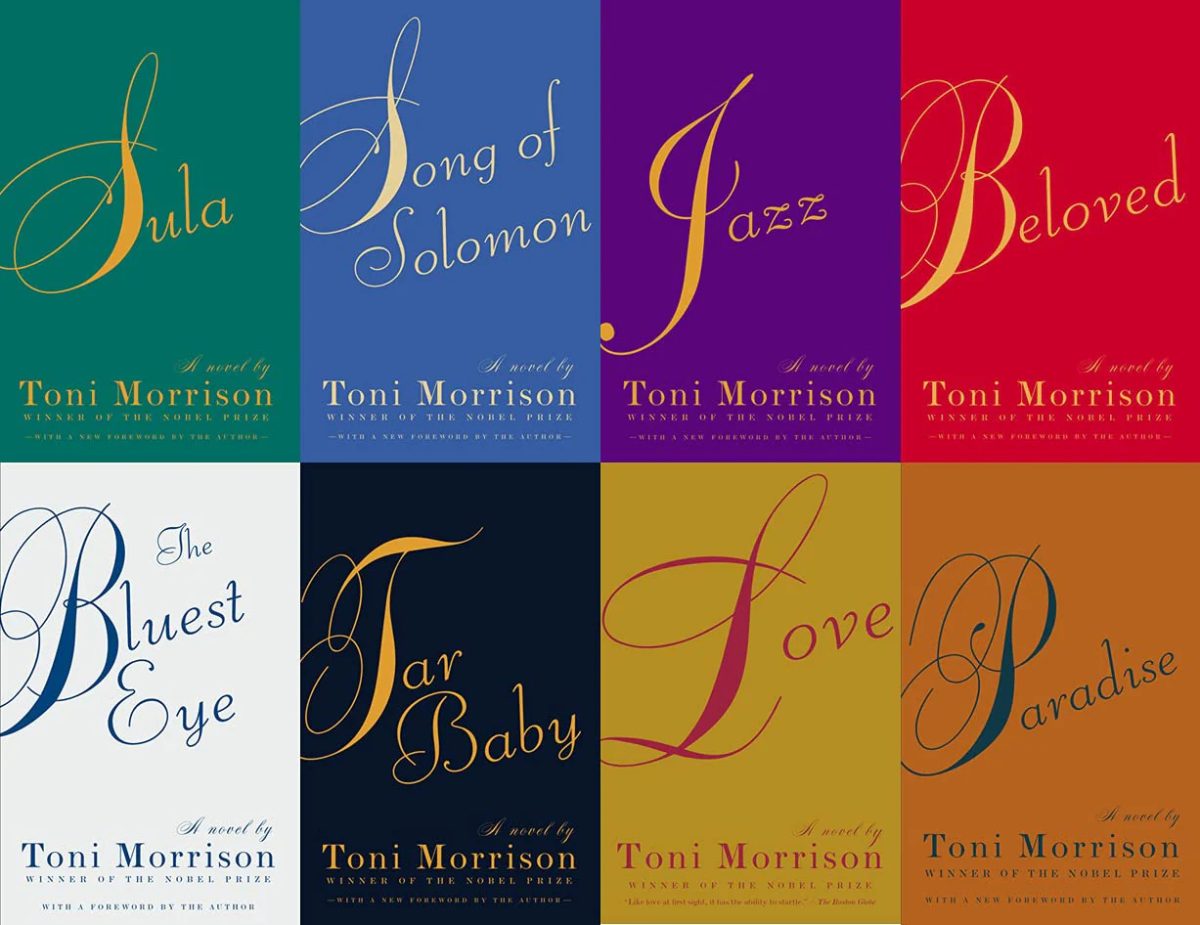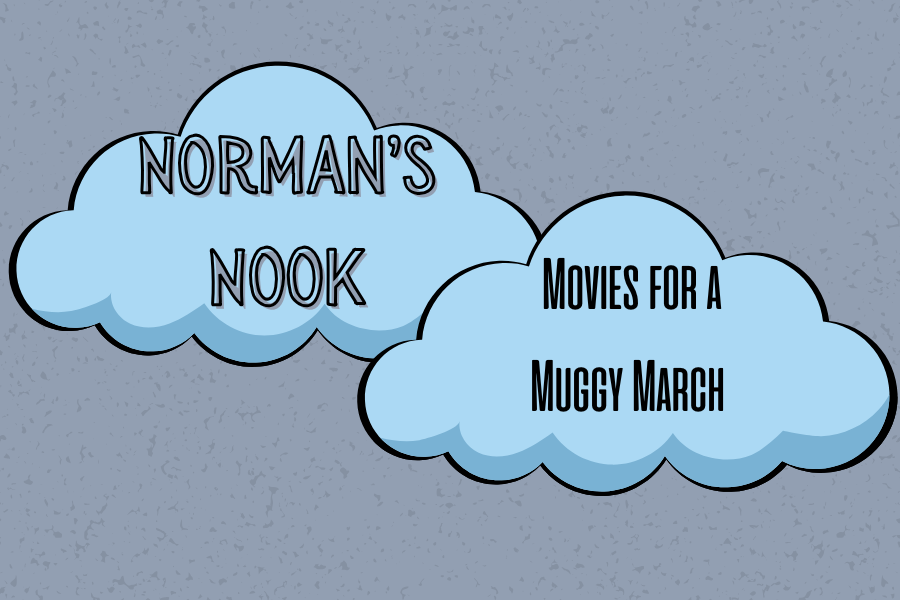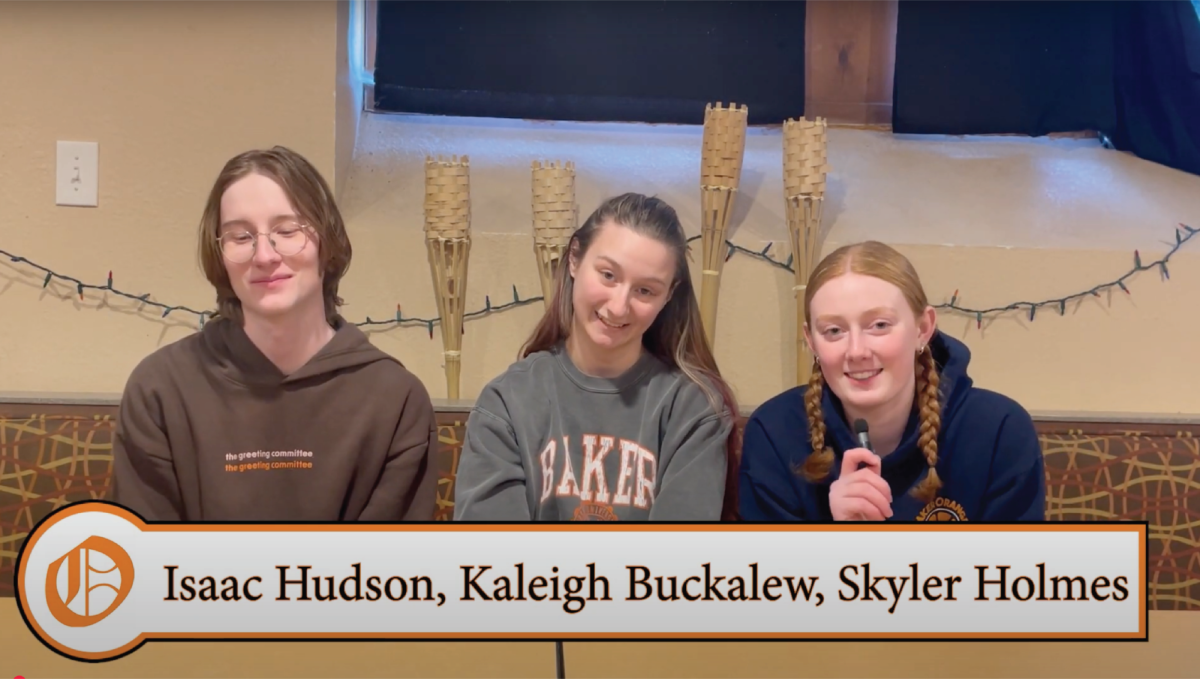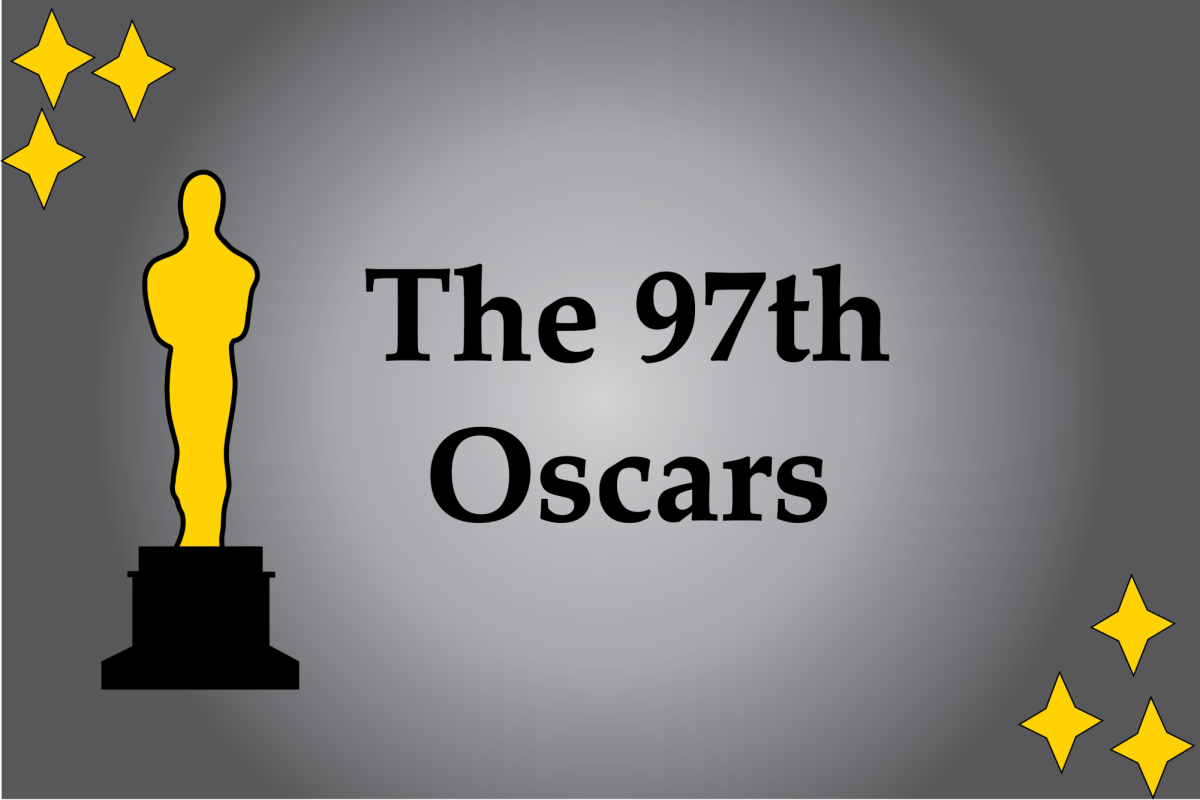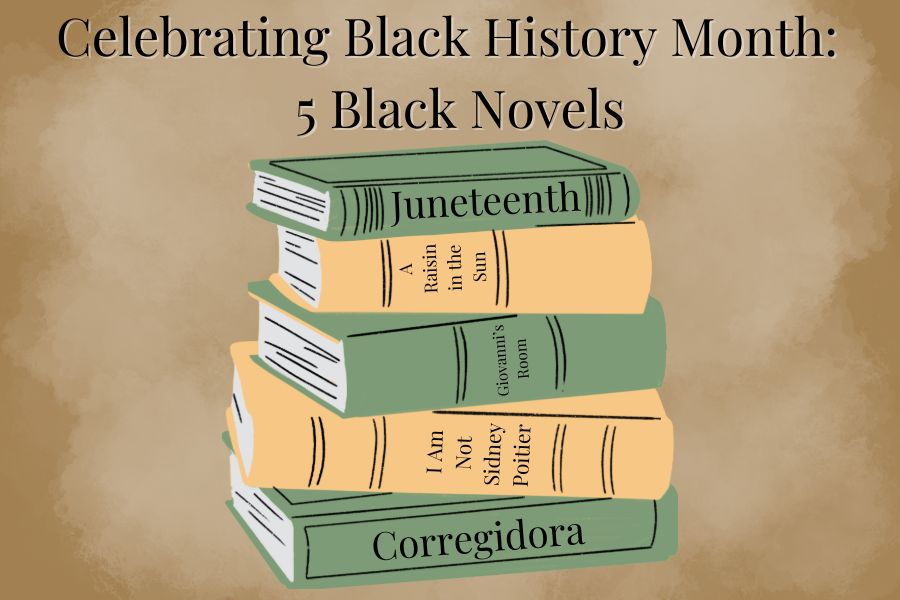For those who are unfamiliar with Toni Morrison or her work, there is no concise way to describe how she has impacted Western literature and readers internationally with her prose. Having sadly passed away in 2019, her writing career spanned 45 years, with her bibliography standing as a hall of fame list of literature (despite only consisting of 11 novels). In this article, I will be ranking her first eight novels, or her first 33 years, including such lauded works as “Beloved”, “The Bluest Eye” and “Sula”.
These rankings are based on my personal feelings and interpretations about the novels’ prose, narrative, themes, characters, impact and overall cohesion; each of which will be mentioned when uniquely on display.
With all this being said, please enjoy this retrospective review of the novels of one of the greatest writers of our time.
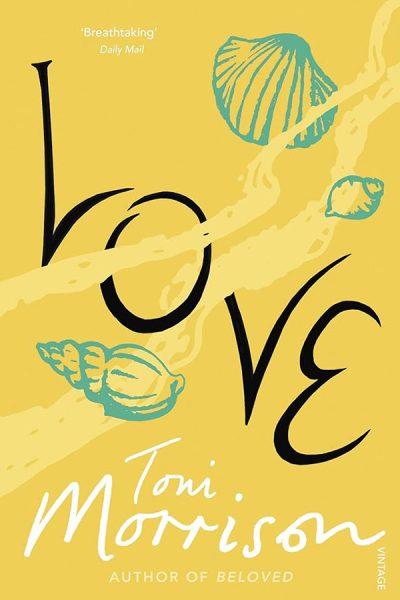
8. “Love”
Do not let the lowest spot in this list fool you about “Love’s” merit: though I feel it to be Morrison’s least cohesive work, her ‘bad’ days are most authors’ dream vacations. Weaving a tale of jealousy, hatred, betrayal, companionship, ambiguous morals and, of course, love, Morrison dissects the relationships of deceased hotel owner Frank Cosey, including those of his daughter, granddaughter, workers, wives and lovers. Though the novel meanders a bit at first as Morrison builds narrative steam around the characters, halfway through, all at once, their relationships click into place, with the reader left disgusted, amazed and empty at the sight of what love really costs.
7. “Paradise”
With one of the most striking opening lines to any novel, “Paradise” sucker punches readers, leaving them confused for several chapters, until it all makes perfect sense: “They shoot the white girl first: with the rest, they can take their time.” Despite being a personal favorite novel of mine, “Paradise” ranks low on this list because of its flowing, non-chronological density, causing readers to flip back several pages to understand even concrete narrative progression. All this to say, something written so complexly naturally holds some of Morrison’s most thought-provoking thematic concepts, as well as her most striking characters. “Paradise” is truthfully anything but its name in this sprawling work, letting readers slowly uncover how the all-black town of Ruby, and its people, became what they are.
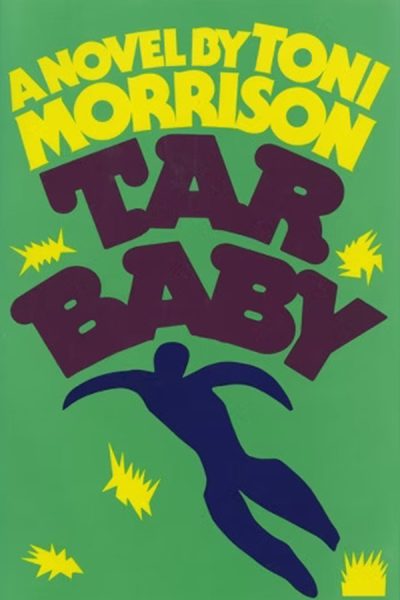
6. “Tar Baby”
Alone on an island with her uncle, aunt, their bosses (a rich husband and wife) and their additional ‘help,’ Jadine feels she has her life under control. That is, until Son, an escaped fugitive turned ship worker, hides inside her matron’s closet for weeks, escaping for short periods to get food and water, before he is finally caught. To the matron, Jadine, and her semi-adoptive parents, this description could be shortened to “no-good beast.” But to Valerian, an ex-candy company CEO, Son is a friendly face to be welcomed and dined with, setting off a series of domestic events that leave all characters changed utterly, questioning both themselves and their roles in their world’s segregated mesocosm. With sprawling environmental descriptions, ripped-from-the-stage household drama, and scathing social commentary, “Tar Baby” is not a novel in her bibliography to be missed.
5. “The Bluest Eye”
One must ask how it was possible for Morrison to create such a groundbreaking narrative and thematic concept in her debut novel, in such a way that showed readers of the time the quality of writing that can be made by and about Black women. Centering around a young girl named Pecola whose one wish in life is to have blue eyes, this novel tackles the ideas of racism, incest and child molestation deftly and respectfully (this has not stopped parents and schools across the country from trying to ban its presence in educational settings, however). In less than 200 pages, Morrison examines not only Pecola’s life, but the perspectives of her from other townsfolk, including her family and friends. Heartbreaking, visceral and realistic, “The Bluest Eye” is essential reading in American literature’s canon.
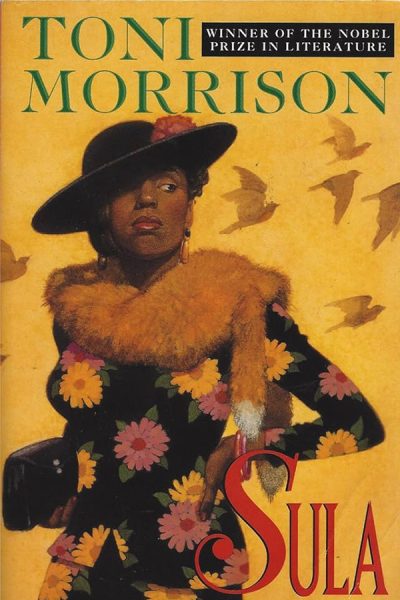
4. Sula
To quote my sister’s description of this novel’s titular protagonist: “If this book … is a song composed in a major key, “Sula” is the minor note.” Telling the story of a free-spirited young woman named Sula moving back to the town she grew up in, Morrison’s sophomore effort is, you guessed it, a timeless classic. Dissecting the social concepts of deviance, mental health, familial responsibility and mass hysteria, Morrison creates a character all readers can relate to. We’ve all been the Sula at home, or in class, where it seems that no matter what we do, criticism and hate follow, especially if we engage in something ‘different.’ The novel for every wallflower, extrovert, outcast, oddball and human being alike, “Sula” transcends words and becomes art.
3. “Song of Solomon”
An aspiration, a fear, a means of escape; the concept of flight is scathingly dissected in Morrison’s third novel, asking the reader not only to consider the wings of the bird, but also the environment, social learning and victims of such flight. Centered around the protagonist Milkman Dead (a name earned through a rather gross scene towards the beginning of the book), who initially wants whatever will satisfy him in the moment. However, over the course of the novel, Milkman begins peeling back layers, first of his parents’ domestic feud, then his grandfather’s life and ultimately his great-grandfather’s own flight. And through it all, his own treatment of the women in his life is put under scathing examination, with the conclusion perhaps feeling abrupt, but thematically bringing everything full circle. Written with stunning prose, “Song of Solomon” is perhaps Morrison’s most unique and symbolic work to date.
2. “Beloved”
“Beloved” is one of the few novels that I adore, am inspired by and believe to be the best in all Western literature’s canon, but which I have an incredibly hard time recommending to others. Hopefully, its placement as #2 on this list gives some indication of the quality of work I wish to describe here. Inspired by a news story taken straight from 19th-century headlines, Beloved tells the haunted love story between former enslaved woman Sethe and her Beloved. This parent and child relationship begins, for the reader, when Sethe’s house she lives in with her daughter, Denver, starts to show signs of paranormal activity. Within chapters, readers are waist-deep in thoroughly detailed, almost lucid depictions of slavery, while growing to understand how Sethe became the possessed soul in Beloved’s control.
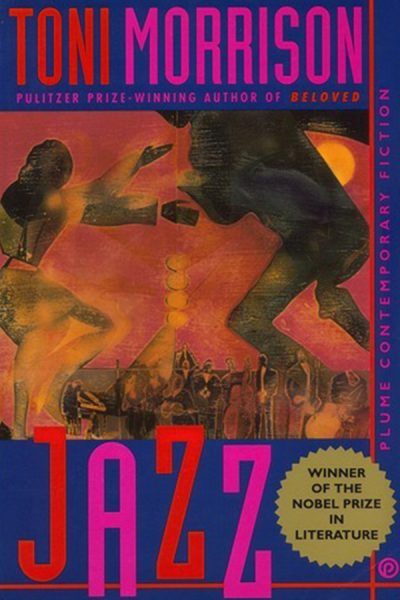
- “Jazz”
Few pieces of art have gripped me in the same way “Jazz” did when I read the first word, an onomatopoeia at that: “Sth.” Opening the novel by mimicking the sound of one kissing their teeth, Morrison is at her most intimate and cerebral, two words that describe well the time-bending, perspective-shifting, heart-wrenching and emotional story that she presents to readers. We open with Joe and Violet Trace divided after leaving a funeral: the funeral of Joe’s eighteen-year-old lover, in which Violet caused a scene by stabbing the face of the dead girl. She earns the nickname “Violent” for her outburst, and Joe, in unending despair at his actions, is silent and lost. Morrison spends every remaining word in the novel analyzing how these two ended up where they were. Morrison dives into each of their personal backgrounds; delivers luscious, lyrical, almost enigmatic descriptions of the city of Harlem; and offers academic-level analyzation of sublimation (the psychological concept of one redirecting their unacceptable impulses into more socially acceptable ones). The epitome, in my opinion, of an unforgettable story, “Jazz” sends readers to every corner of this narrative, asking them to understand the perspectives and actions of these two unusual characters, no matter what they’ve done. Because of this unconditional empathy by Morrison, I find it to be her best, most important work of literature.
I am by no means a Toni Morrison scholar, but I am absolutely a Toni Morrison lover. So, if there are any major discrepancies between mine and your own list, I am more than happy to discuss her work even further. A fantastic time for such discussion would be at Baker’s own Literary Salon happening Nov. 14 at the Lumberyard Arts Center in Baldwin City, Kan. Regardless of our differences in favorites, or even if you have no familiarity with Morrison’s works, we can all learn something from one of the greatest authors in American history, who internationally advanced literature and social conversation as we know it.


